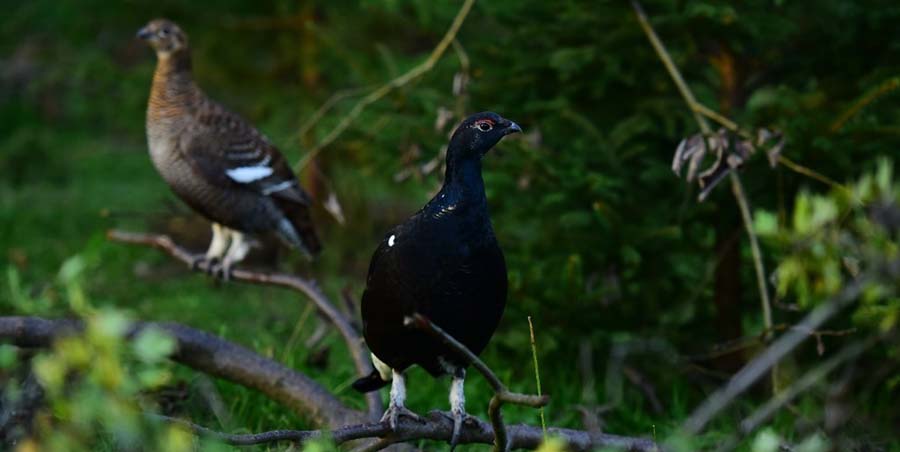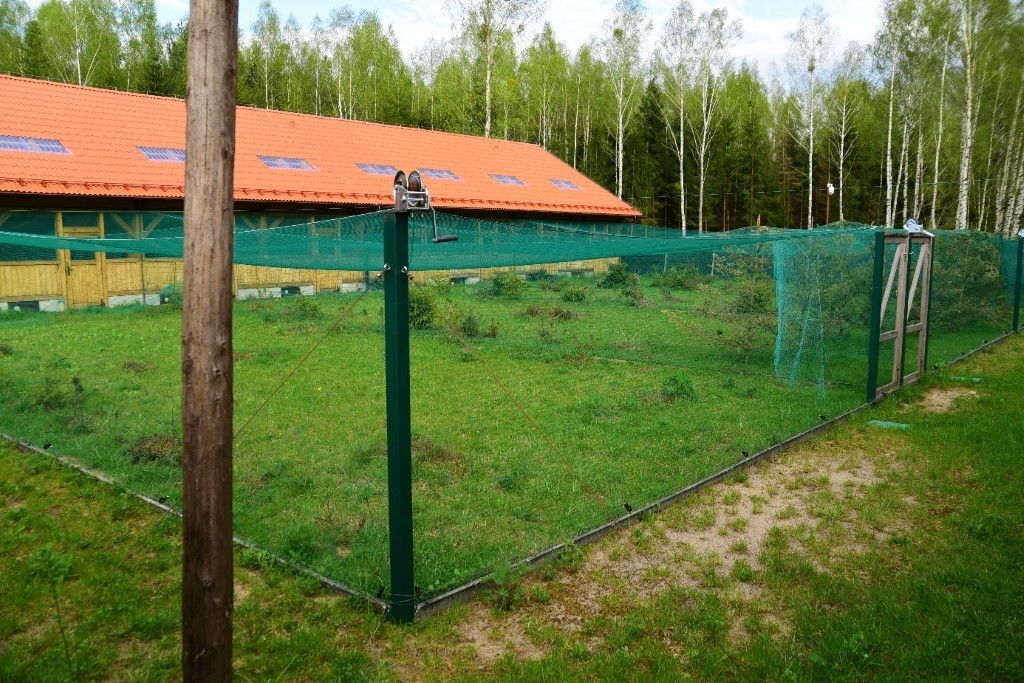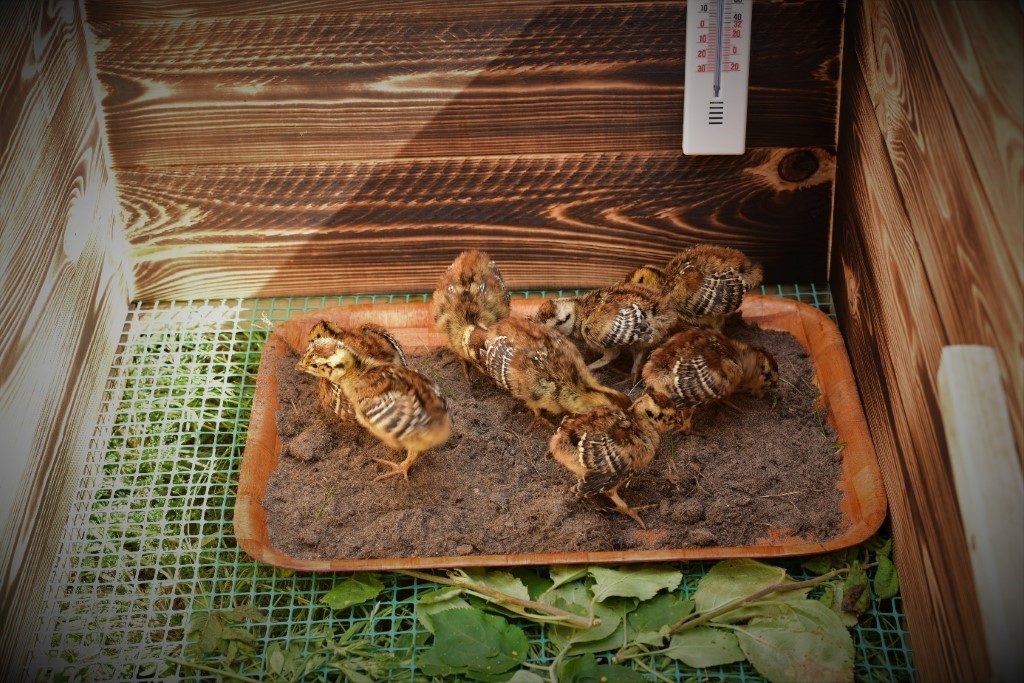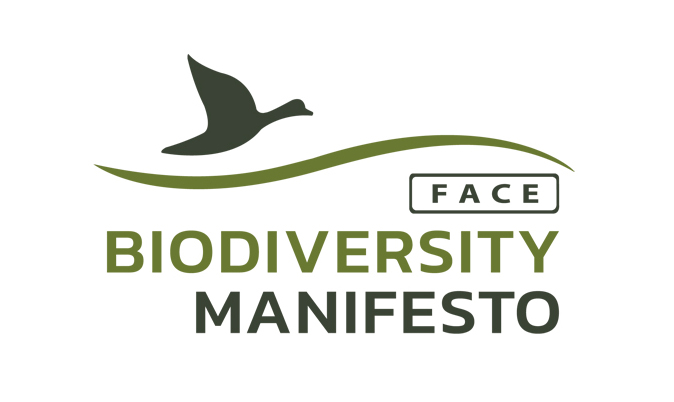
15 Feb 2021 The importance of hunters in protected areas management: Black Grouse conservation in Poland
Protected areas are an important part of the EU’s approach to nature conservation. Although they are delivering mixed results for biodiversity, the principles of the Natura 2000 Network are good. They ensure that decision-making and management are based on site needs. This Network also benefits from the fact that it is based on the principles of conservation and sustainable use, ensuring lasting coexistence with human activities and biodiversity conservation. As such “there is no general presumption against hunting in Natura 2000 areas under the nature directives[1].”
CASE STUDY:

The Black Grouse triggers the designation of Special Protection Areas (SPAs) under the Natura 2000 Network in EU Member States. In recent years, the Polish population of Black Grouse has declined significantly to an estimated 200 males remaining in several isolated populations.
In the first half of the 20th century, there were tens of thousands of individuals. In response to the decline, the Polish State Forests joined a major project to conserve the Black Grouse (2017-2022). The work involves 18 organizational units of the State Forests and is undertaken in close cooperation with key stakeholders including hunters.
Without active conservation efforts, most remaining populations would disappear. The project works with hunters on habitat conservation and predator management with a focus on Fox and Racoon Dog. It also includes a reintroduction programme where over 370 individuals have been reintroduced before 2020. It is important that these birds are best adapted to life in the wild, hence those translocated from wild populations and those reintroduced using the “born to be free” method, and are considered particularly valuable individuals. Constant monitoring is carried out, thanks to which up-to-date data on the black grouse population is available. FACE is proud to select the Polish Black Grouse Conservation project as the FACE Biodiversity Manifesto project of the month for February.

pic: Aleksander Adamski
Every month FACE choses a hunting-related conservation project in Europe as its project of the month. These projects highlight some of the many great initiatives hunters are undertaking to preserve biodiversity.
FACE is pleased to present the FACE Biodiversity Manifesto Project of the Month February 2021:
EU Biodiversity Strategy for 2030: The importance of hunters in protected area management
Case Study: Black Grouse conservation in Poland
WHAT’S NEXT:
Restoring the population is a long process, so it will take a while to evaluate the results of the project. For further information on the Biodiversity Manifesto, please contact bob.groome@face.eu, jaroslaw.kuczaj@face.eu or visit our website www.biodiversitymanifesto.com
[1] European Commission (2007),”Guide to Sustainable Hunting under the Birds Directive”.
Photos Credit: Aleksander Adamski


